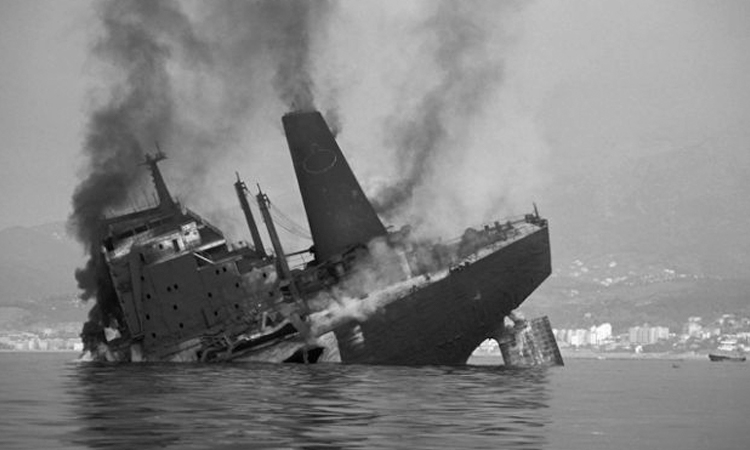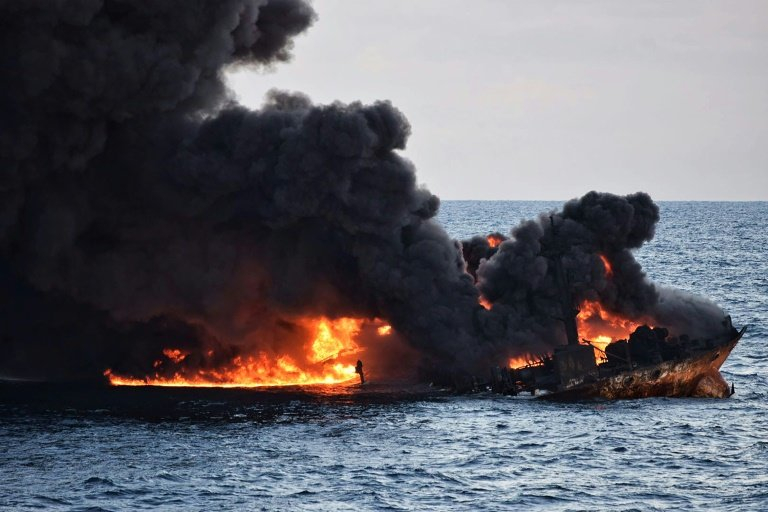Castillo de Bellver

On August 6, 1983, the Spanish tanker caught fire at Saldanha Bay, some 70 miles northwest of Cape Town, South Africa. This is when the MT Castillo de Bellver oil disaster started. It was passing through a delicate location renowned for its seabird rookeries and significant commercial fishing grounds while transporting 250,000 tonnes (300,000 cubic meters) of light crude oil. After being abandoned while on fire, the flaming ship broke apart while floating offshore. Three crew members died. Explosives were used to sink the bow and capsize the stern. Between 145,000 and 170,000 tonnes of oil were released into the ocean. As the slick moved out to sea, the effects on land were thought to be minimal. The 1,500 gannets that were oiled on a nearby island were the only tangible result.
On average, 50,000–60,000 tonnes of oil are thought to have burnt or flowed into the ocean. Nevertheless, despite the considerable amount that was spilled, cleanup efforts were not very necessary, despite some dispersant spraying. On the local seal population as well as the neighboring farms and livestock, which were doused in "black rain"—airborne oil droplets that dropped for the first 24 hours—there was no environmental damage. Locally abundant fisheries and fish stocks were not significantly impacted.
When: 1983
Where: South Africa
Oil spilt: 79 million gallons











